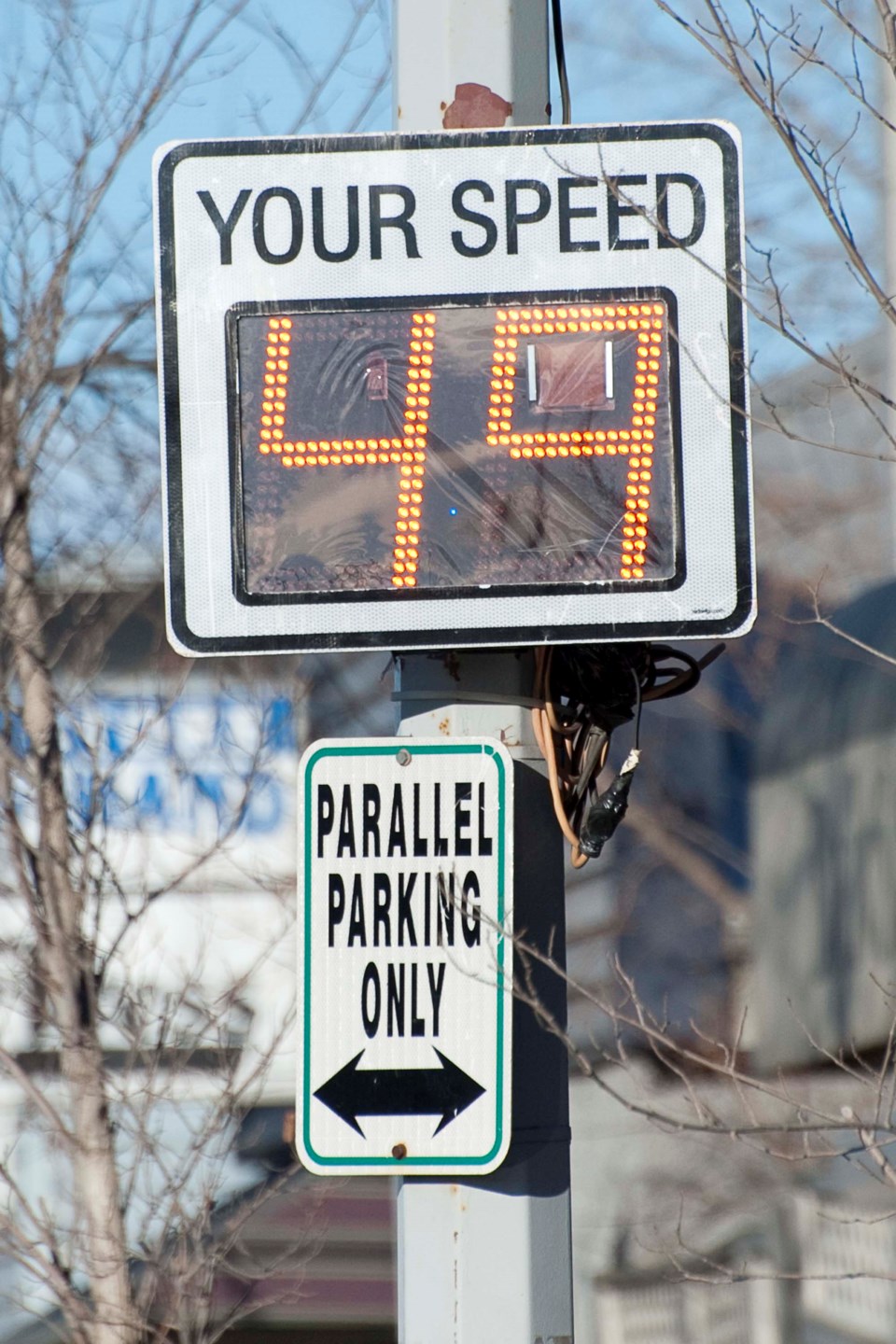Morinville’s photo radar program will stick around for at least another year after a narrow vote at town council last week.
Council voted 4-3 Feb. 11 (councillors Rebecca Balanko, Stephen Dafoe, and Scott Richardson opposed) to continue automated traffic enforcement in Morinville.
Council heard that its photo radar contract with Global Traffic Group Ltd. was up for renewal this April 1. Since March 2019, council has been debating whether or not to continue the service, expand it, or seek out some sort of regional alternative to it.
Complicating matters was a Dec. 1, 2019 move by the province to freeze all new photo radar upgrades, installations, and sites until the province revised its guidelines for their use. The province has said that review could take about two years, Mayor Barry Turner said.
A 2018 provincial review of automated enforcement systems found they reduced collision rates by about 1.4 per cent over 10 years but were not being used in a way that maximized safety. The province brought in new rules for photo radar in February 2019 that placed more emphasis on safety, and started talks on additional restrictions last month.
Council had previously heard the town had seen average speeds on Hwy. 642 (where the speed limit is 50 km/h) drop to about 43 or 46 km/h from 68 since it started photo radar in 2009. School zones had gone from a speeding hot spot to virtually a non-issue, and tickets issued dropped to about 1,900 in 2018 compared to some 9,000 in 2009.
Coun. Sarah Hall said the province had tied the town’s hands when it came to expanding photo radar with its freeze on new equipment, but it would be tough to come up with a regional replacement if they got rid of their current contract. The town had also seen a reduction in speeding by its own residents since the program started, and risked seeing that undone if it ended it.
“I don’t think (photo radar) is the future of where we should be going, but I think it’s the minimum we should have at this time,” she said.
Balanko said she was ambivalent about photo enforcement, and that bylaw officers did a better job of ensuring traffic safety. The province could also outlaw photo radar entirely once it finishes its review.
“This is not about safety. It’s become a cash cow,” she said.
Turner said that the town had an effective photo radar program in place and had dedicated the cash from it to fund traffic safety improvements at a time when towns were already short on revenue.
“It’s a key component in promoting safety in our community.”
Turner withdrew motions directing the town to pursue expanded or regional photo enforcement programs, saying that those were better addressed after the province finished its review.
Census ahoy
Morinville will be doing a head count this April as it does its first census in four years.
Town council voted last Feb. 11 to hold a census this April, having set aside $50,000 for it in the 2020 budget. The census is meant to get an accurate population count, which can be used to determine service delivery and government grants.
Council heard that, like the 2016 census, this year’s head count would use a combination of online and door-to-door polling. Residents will get a PIN number in the mail to take the census online from April 1 to May 15. Census-takers will go door-to-door from May 1 to June 30 to any home that doesn’t fill out the online survey.
The 2016 census found that Morinville had some 9,893 residents, about 23 per cent of which were under 18 years old. About 24 per cent of town residents over 18 worked in Morinville; about 33 per cent worked in Edmonton.
See www.morinville.ca/en/doing-business/census.aspx for past census results.




